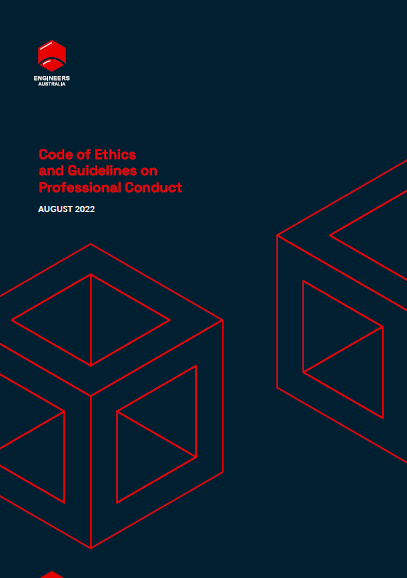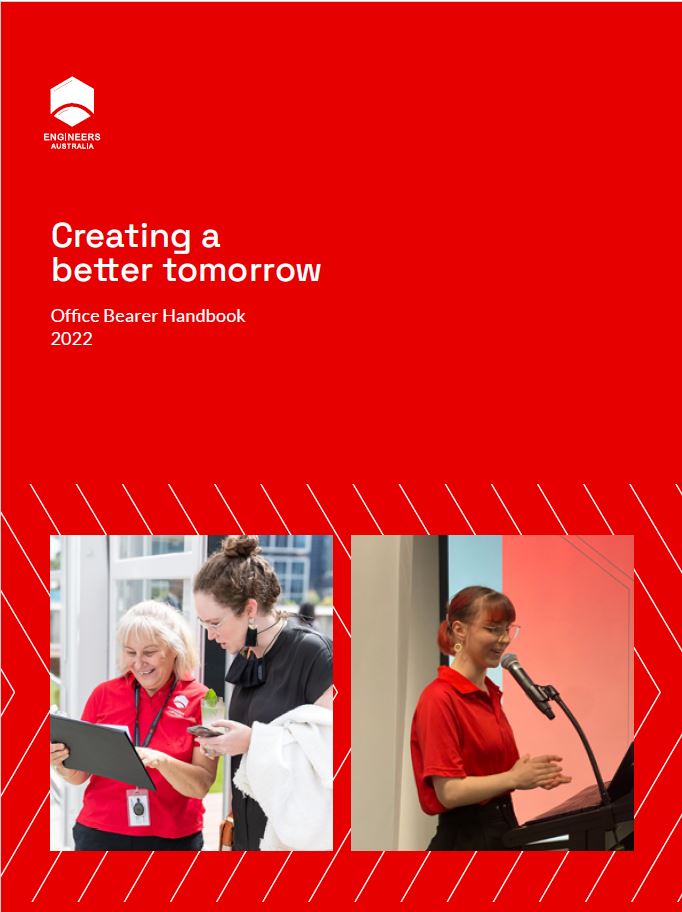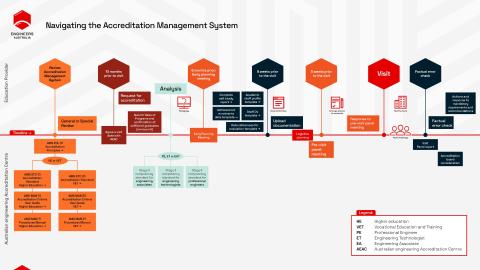Use these documents for Chartered assessment.
Areas of practice

Aerospace Engineering
Aerospace engineering deals with the development of aircraft and spacecraft. The purpose of aerospace engineering is to achieve optimal integrated aerospace systems.

Amusement rides and devices
Amusement rides and devices engineering deals with certification in line with the relevant Australian Standard of design, construction, operation, inspection, testing, service and maintenance associated with fixed and mobile amusement rides.

Asset Management
Asset management is the coordinated activity of an organisation to realise value from assets.

Biomedical Engineering
Biomedical engineering deals with combining design and problem-solving skills in applying engineering principles and design concepts to medicine and biology for healthcare purposes.

Building Services Engineering
Building services engineering deals with the internal environmental and environmental impact of a building.
Use these documents for NER or state registration assessment.
Areas of engineering

Aerospace Engineering
Aerospace engineering deals with the development of aircraft and spacecraft. The purpose of aerospace engineering is to achieve optimal integrated aerospace systems.

Amusement rides and devices
Amusement rides and devices engineering deals with certification in line with the relevant Australian Standard of design, construction, operation, inspection, testing, service and maintenance associated with fixed and mobile amusement rides.

Biomedical Engineering
Biomedical engineering deals with combining design and problem-solving skills in applying engineering principles and design concepts to medicine and biology for healthcare purposes.

Building Services Engineering
Building services engineering deals with the internal environmental and environmental impact of a building.

Chemical Engineering
Chemical engineering deals with the application of physical sciences (physics and chemistry) and life sciences (microbiology and biochemistry), together with applied mathematics and economics to produce, transform, transport, and properly use chemicals, materials and energy.
Competency assessments are used to ensure engineering professionals who want to work within Australia meet the benchmarked qualifications and competency standards to practise.
Engineers Australia uses two sets of competency standards per occupational category. Each one is used for a different purpose.
Entry to practice
Entry to practice assessments (sometimes called stage 1) are used to assess some membership applications and some migrant skills assessment applications.
If you need to complete an entry to practice competency assessment, you’ll be assessed against the entry to practice competencies for your occupational category.
Download the entry to practice competency assessment documents for:
- Professional engineers – includes summary statement: professional engineers
- Engineering technologists – includes summary statement: engineering technologists
- Engineering associates – includes summary statement: engineering associates
- Engineering manager – includes summary statement: engineering manager
Independent practice
If you want to apply for a Chartered or NER credential you’ll be assessed using an independent practice assessment (sometimes called stage 2). You’ll be assessed against the 16 elements of competency that are related to your occupational category. These sit across four core areas:
- Personal commitment.
- Obligation to community.
- Value in workplace.
- Technical proficiency.
Download the independent practice competency assessment documents for:
If you have any questions about competency assessments or applications for migration skills assessment, Chartered or NER please contact us.
Member policies

Code of ethics
The Code of Ethics and Guidelines on Professional Conduct defines the values and principles that shape the decisions made, and provides a framework for members of Engineers Australia to use when exercising their judgment, in engineering practice and as members of Engineers Australia.

Conflict of interest policy
Engineers Australia seeks to ensure that the manner in which it operates, and the actions of employees, members, office bearers and other volunteers, conform to acceptable standards of integrity and good conduct.

CPD policy
CPD can be taken in many ways including formal, structured learning as well as private study. Engineers Australia has conditions around the types of CPD you complete towards your continued membership.

General Regulations
The Board of the Institution of Engineers Australia (Engineers Australia) has, by resolution, made the following regulations under By‐Law 32 of the 2015 By‐Laws

Office Bearer Handbook 2022
This document is intended to help our office bearers – and those considering volunteering – to understand our requirements and guide them as they work in partnership with other parts of the team to deliver our strategy and goals.
Use the approval process diagram below with the relevant accreditation management system (AMS) documents in the library to have engineering courses accredited. If you have any questions about using the AMS please contact us. Click the image to enlarge, or download a PDF version.
Accreditation management system

AMS-GEN-09 Accreditation information guide for volunteers
Read this guide if you're an Engineers Australia member volunteering to assist with accreditation of engineering education courses from higher education or VET providers.

AMS-MAN-10 Accreditation criteria user guide for higher education

AMS-MAN-11 Procedures manual for higher education
This manual sets out the process and procedures you'll need to follow to have your higher education (tertiary) institution's courses accredited with Engineers Australia.

AMS-MAN-20 Accreditation criteria user guide for VET


